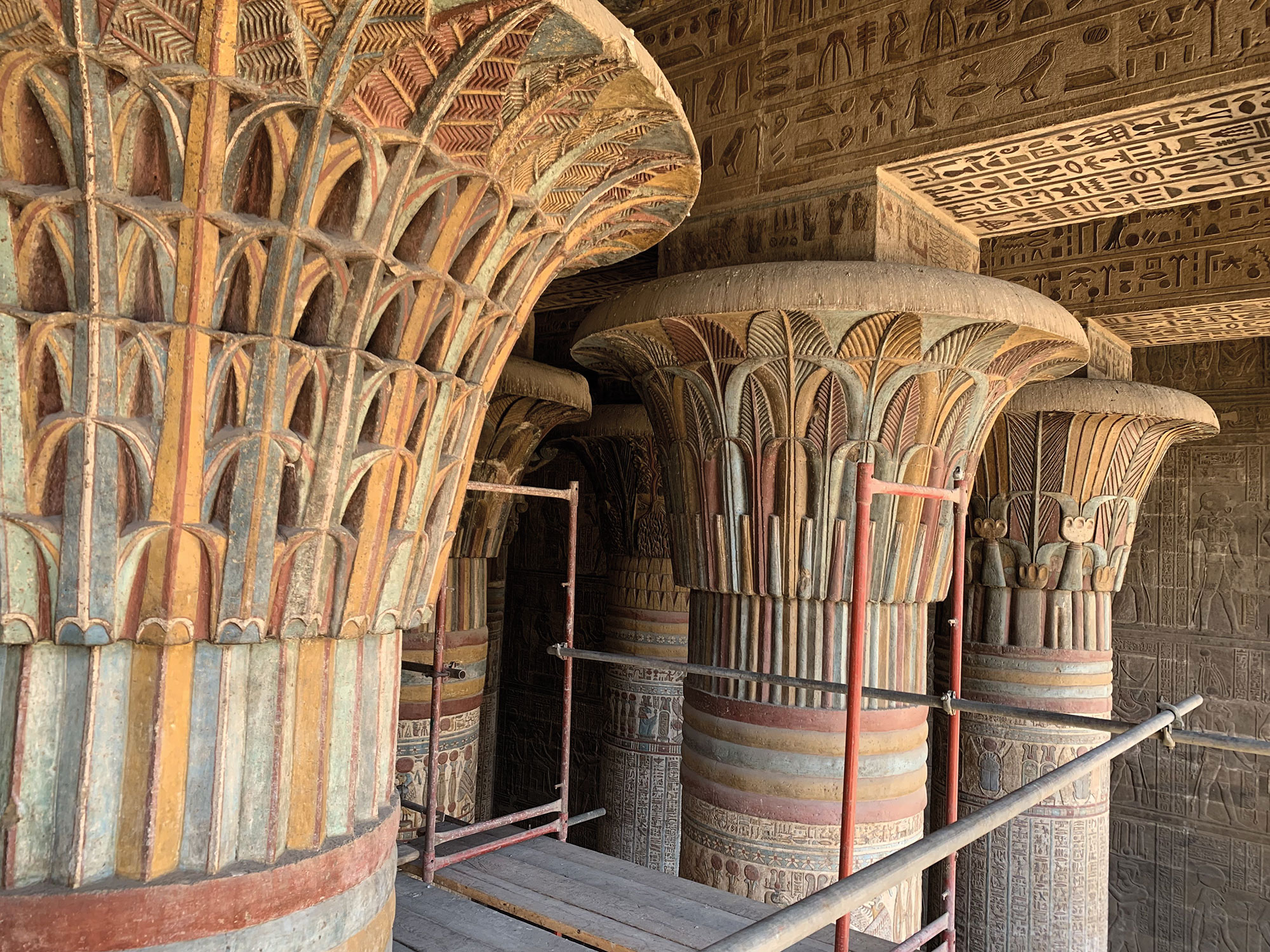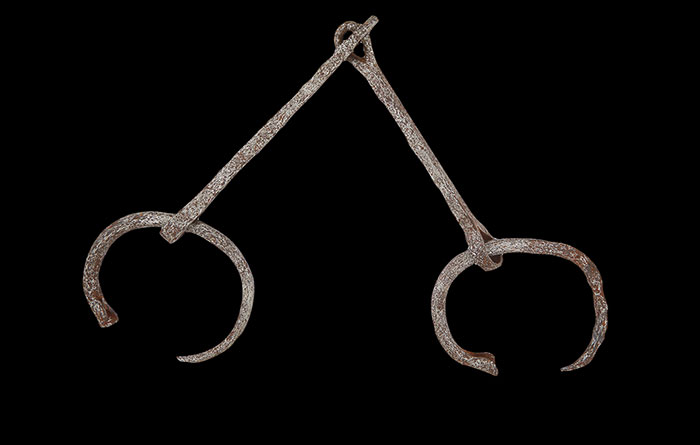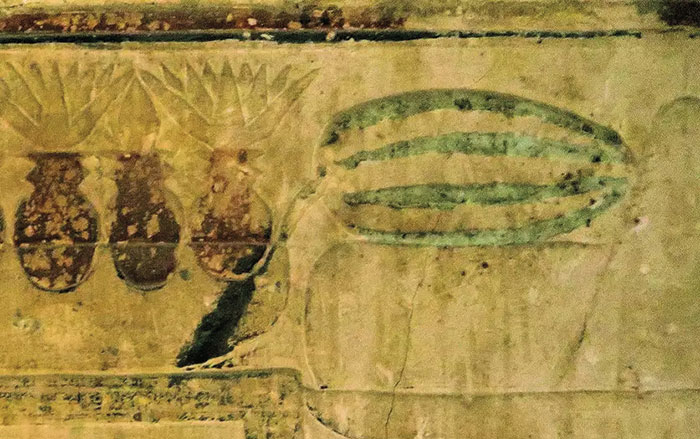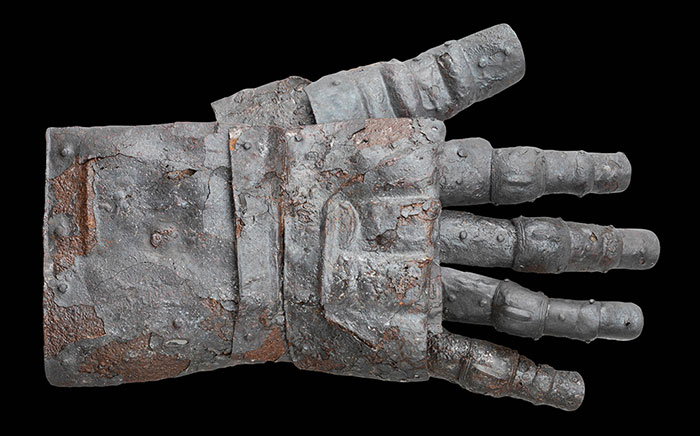
PORTSMOUTH, ENGLAND—Astrophysicist Or Graur of the University of Portsmouth and his colleagues think that the sky goddess Nut may have been understood by ancient Egyptians as an expression of the Milky Way, according to a Gizmodo report. Nut, the goddess of the sky, stars, and the universe, was often shown with stars all over her body and arched over her brother and husband, Geb, the god of Earth. The researchers analyzed ancient Egyptian texts, including the Book of Nut, which focuses on the movements of the moon, sun, planets, and cycles of the stars. They also reviewed models of what the Milky Way would have looked like from different locations in Egypt between 3,000 and 4,000 years ago, and how its appearance changed throughout the night. Graur determined that the orientation of the Milky Way in the simulated model of the ancient Egyptian night sky corresponded with the description of Nut’s body in the Book of Nut—her head and rear at the western and eastern horizons and her arms lying at an angle to her body. “My research shows how combining disciplines can offer new insights into ancient beliefs, and it highlights how astronomy connects humanity across cultures, geography, and time,” Graur concluded. Read the original scholarly article about this research in Journal of Astronomical History and Heritage. To read about a painting depicting Nut with one of Egypt's best known pharaohs, go to "Inside King Tut's Tomb."










